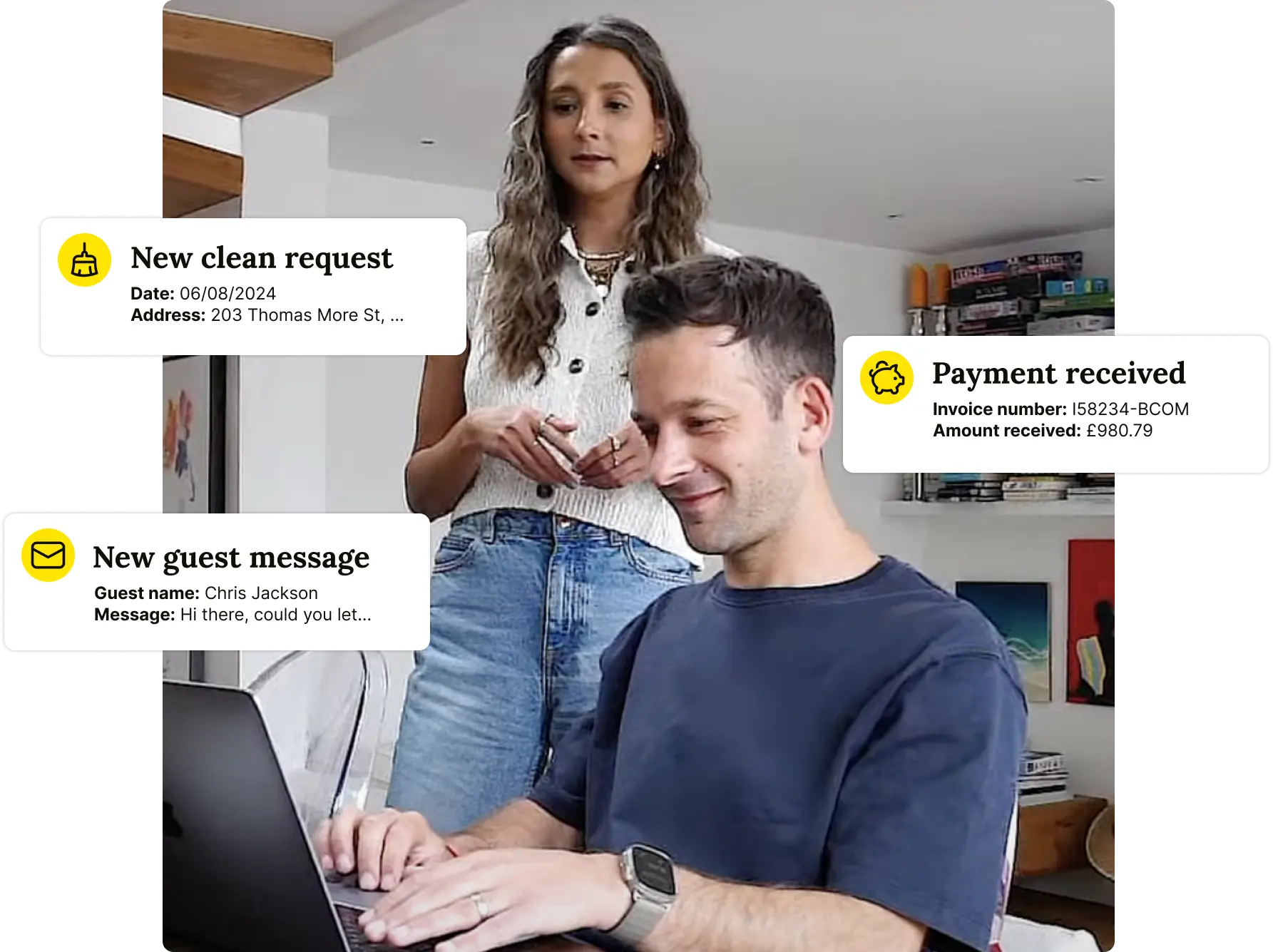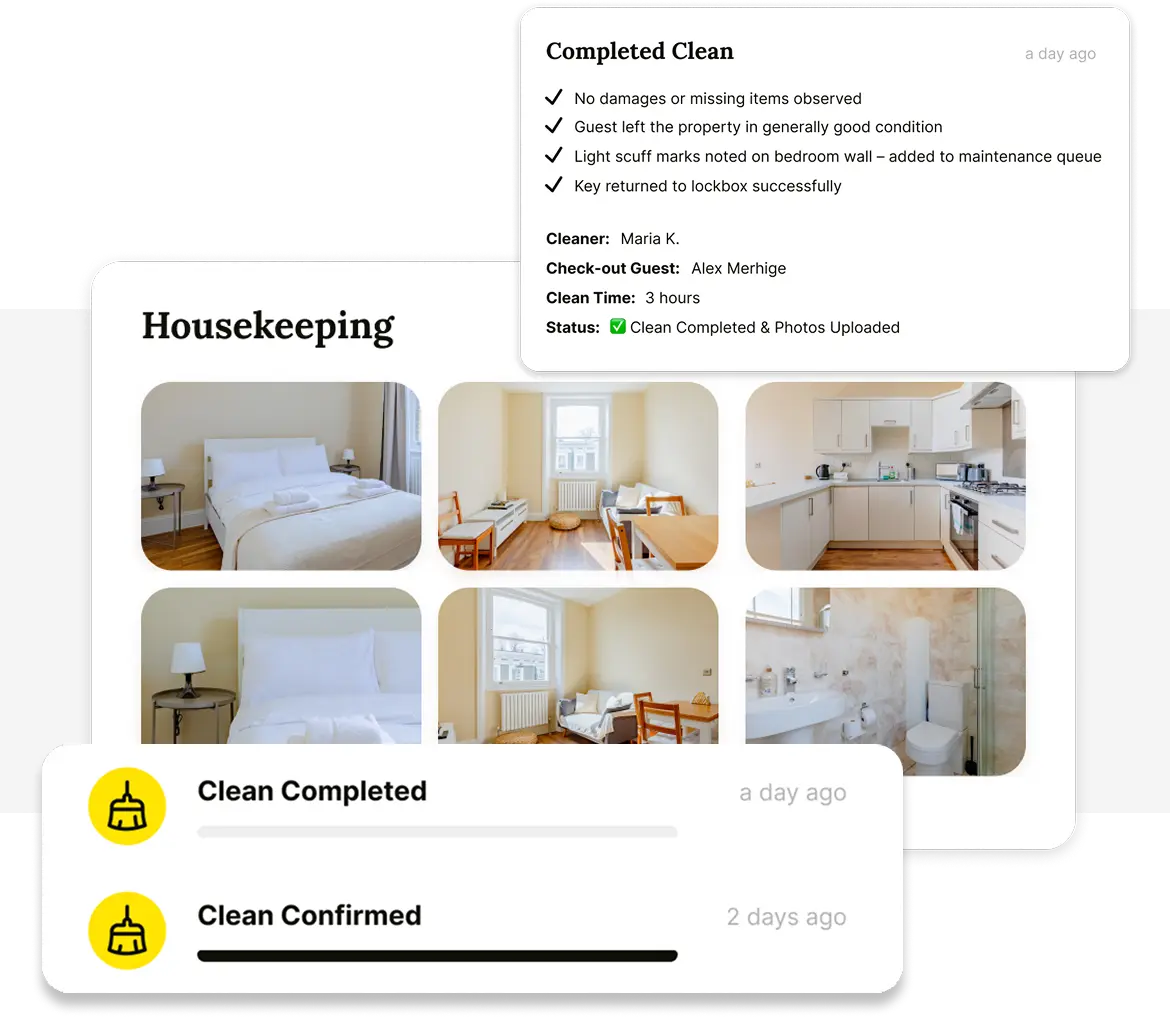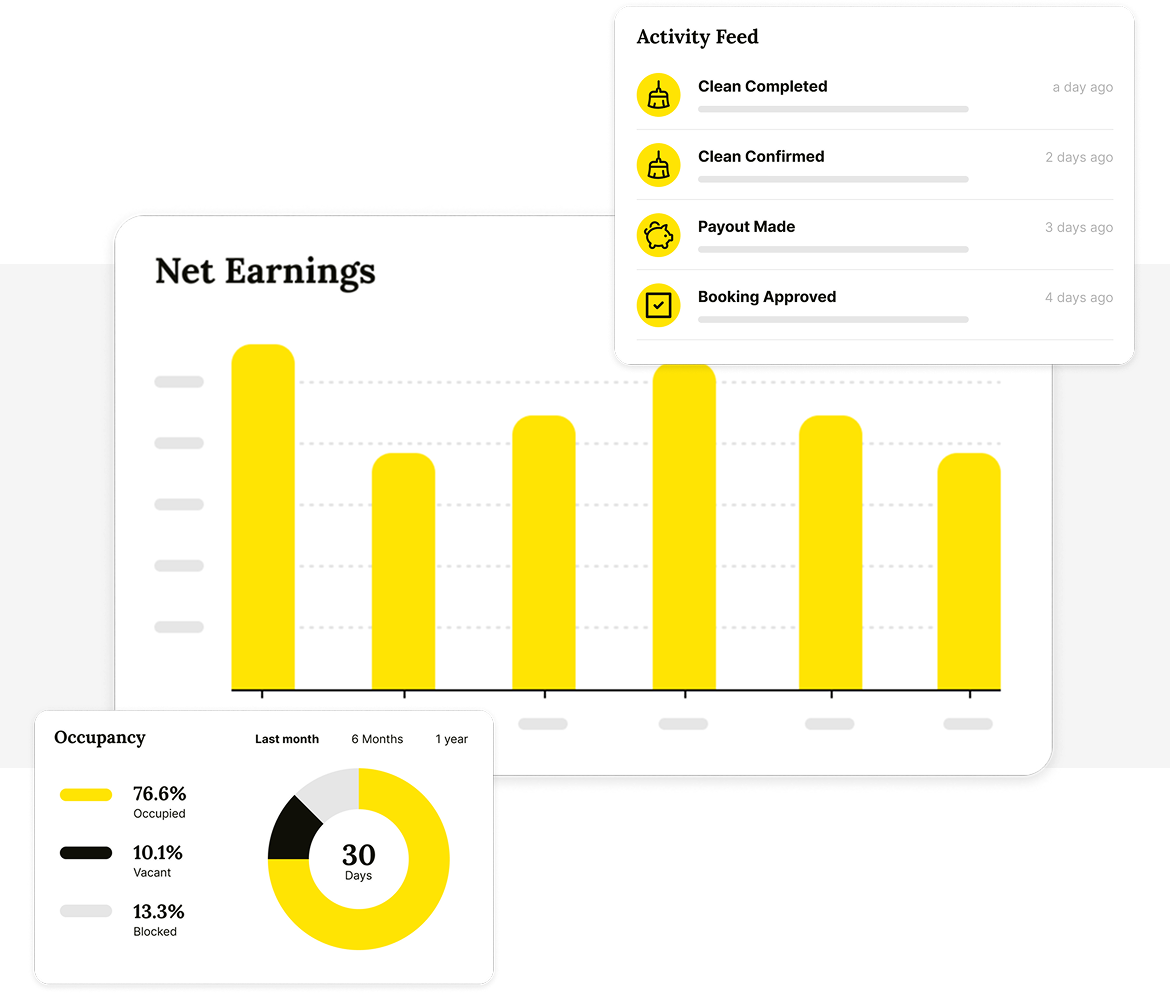Imagine receiving a notice from your landlord that you have to leave your home, not because you've violated your lease or caused any issues, but simply because they want you to. This is the reality for tenants facing No Fault Eviction, a legal process that allows landlords to evict tenants without having to prove that they have violated their lease.
One such notice, Notice 143, has become a hot topic in recent years, with many questioning its impact on tenants' rights and protections. In this article, we will explore the context of No Fault Eviction and Notice 143, their pros and cons, and the rights and protections that tenants have when facing them.
Table of Contents
Explanation of No Fault Eviction and Notice 143
No Fault Eviction is a type of eviction that allows a landlord to evict a tenant without having to prove that the tenant has done anything wrong. In other words, the landlord can evict the tenant for no particular reason, hence the name "No Fault". No Fault Eviction is legal in some states and jurisdictions, but not all.
Notice 143 is a notice that must be provided by the landlord to the tenant when a No Fault Eviction is being initiated. The notice informs the tenant that they are being evicted without cause and specifies the date by which the tenant must vacate the property. The notice must also include information on the tenant's rights and responsibilities, as well as any legal resources available to them.
Notice 143 is typically required by local or state law in jurisdictions that allow No Fault Evictions. The notice must be provided to the tenant a certain number of days before the eviction date, which varies depending on the jurisdiction. The purpose of the notice is to give the tenant ample time to prepare for the eviction and make necessary arrangements, such as finding a new place to live.
Importance of understanding No Fault Eviction and Notice 143
Understanding No Fault Eviction and Notice 143 is crucial for both landlords and tenants.
For landlords, No Fault Eviction can provide a more efficient way to evict tenants who may not be violating their lease but are still causing problems or are no longer wanted on the property.
However, it is important for landlords to follow the proper legal procedures when initiating a No Fault Eviction and providing the required Notice 143 to avoid any legal issues or challenges from tenants.
For tenants, No Fault Eviction and Notice 143 can have significant consequences on their housing situation, including the loss of their home and disruption of their daily lives. Tenants who receive Notice 143 should be aware of their legal rights and options, such as challenging the eviction or seeking legal assistance.
In addition, tenants who are renting in jurisdictions that allow No Fault Evictions may want to consider including provisions in their lease agreements that protect them from being evicted without cause. This can provide some level of security and stability in their housing situation.
How no fault eviction works
The specific rules and procedures for No Fault Evictions can vary depending on the jurisdiction, but generally, the process involves the following steps:
- The landlord initiates the eviction by providing the required Notice 143 to the tenant. The notice must specify the date by which the tenant must vacate the property, which is usually a certain number of days after the notice is provided.
- If the tenant does not vacate the property by the specified date, the landlord can file for a formal eviction proceeding in court.
- The court will schedule a hearing to determine whether the eviction is legally justified. In a No Fault Eviction, the landlord does not need to provide any evidence of lease violations or wrongdoing by the tenant, but must prove that they provided the required Notice 143 and followed all other legal procedures.
- If the court rules in favor of the landlord, a formal eviction order will be issued and the tenant will be required to vacate the property. If the tenant still does not vacate the property, the landlord can obtain a writ of possession from the court, which allows them to forcibly remove the tenant and their belongings from the property.
When and why landlords may use No Fault Eviction
No Fault Eviction may be used by landlords in a variety of situations. Here are some common reasons why a landlord may choose to initiate a No Fault Eviction.
Renovations or repairs: Landlords may need to vacate a property in order to carry out extensive renovations or repairs that cannot be done while tenants are living in the unit. In these cases, No Fault Eviction allows landlords to remove tenants from the property without having to prove that they violated the terms of their lease.
Sale of property: If a landlord decides to sell a property, they may want to evict tenants in order to make the property more appealing to buyers or to give the new owner a vacant property to work with. No Fault Eviction allows landlords to remove tenants without having to prove that they did anything wrong.
Personal use: Landlords may need to evict tenants in order to use the property for personal reasons, such as moving in themselves or allowing family members to live there. No Fault Eviction allows landlords to remove tenants without having to prove that they violated the terms of their lease.
Non-payment of rent: While No Fault Eviction does not require landlords to prove that tenants have violated their lease, some jurisdictions allow landlords to use No Fault Eviction if the tenant has not paid rent on time. In these cases, the eviction is not technically "no fault," but the landlord does not have to prove that the tenant did anything wrong other than not paying rent.
Pros and cons of No Fault Eviction
No Fault Eviction has both advantages and disadvantages for both landlords and tenants. Here are some of the key pros and cons of No Fault Eviction:
Pros
- Efficiency: No Fault Eviction can be a quicker and more efficient way to remove tenants from a property without having to prove that they have violated the terms of their lease.
- Flexibility: No Fault Eviction allows landlords to remove tenants from a property for a variety of reasons, including personal use, renovations, or sale of the property.
- Control: No Fault Eviction gives landlords more control over who is living on their property and allows them to make changes to the property more easily.
Cons
- Disruption: No Fault Eviction can be a major disruption to tenants' lives, forcing them to find a new place to live and potentially uprooting them from their community.
- Limited legal recourse: Tenants facing No Fault Eviction may have limited legal recourse, as landlords are not required to prove that they have violated the terms of their lease.
- Unfairness: No Fault Eviction can be seen as unfair to tenants who have been paying rent on time and following the terms of their lease, as they may be evicted simply because the landlord no longer wants them on the property.
Tenant rights and protections under No Fault Eviction and Notice 143
Tenants facing No Fault Eviction and Notice 143 have some legal rights and protections that vary depending on the jurisdiction. Here are some general rights and protections that tenants may have:
1. Right to receive proper notice
Tenants have the right to receive proper notice of a No Fault Eviction, which usually includes Notice 143. The notice should be given in writing and include the reason for the eviction and the date by which the tenant must vacate the property.
2. Right to a fair hearing
In some jurisdictions, tenants may have the right to a hearing before being evicted, which gives them an opportunity to challenge the eviction and present evidence in their favor.
3. Right to relocation assistance
Some jurisdictions require landlords to provide tenants with relocation assistance, such as financial assistance or help finding a new place to live.
4. Right to legal representation
Tenants facing eviction may have the right to legal representation, either through legal aid or by hiring their own attorney.
5. Protections against retaliatory eviction
Some jurisdictions prohibit landlords from evicting tenants in retaliation for exercising their legal rights, such as reporting code violations or organizing with other tenants.
Conclusion
No Fault Eviction and Notice 143 can have significant impacts on both landlords and tenants, making it important for both parties to understand their rights and responsibilities. While No Fault Eviction can provide landlords with greater flexibility and control over their property, it can also be a major disruption to tenants' lives.
It is crucial for landlords to follow all legal procedures when initiating a No Fault Eviction and for tenants to understand their legal rights and seek assistance if necessary.
Ultimately, the relationship between landlords and tenants is a delicate balance, and No Fault Eviction and Notice 143 are just some of the many tools that can be used to maintain this balance.
By understanding and respecting each other's rights and responsibilities, both landlords and tenants can create a mutually beneficial living arrangement that is respectful and fair for everyone involved.
🚀 Start & Scale Your Airbnb Business with Houst
Launch a profitable Airbnb business — without owning property.
Join Houst’s Airbnb Business Partnership Program to start, manage, and grow your short-term rental business. With expert marketing, automation tools, and dynamic pricing strategies, we help you maximize earnings and scale faster.

⭐ Rated 4.8/5 by 2,500+ Hosts


🚀 Build a Thriving Airbnb Business with Houst
Monetize short-term rentals without owning property. Our Airbnb Business Partnership Program helps you start, scale, and automate a profitable Airbnb business with smart pricing, automation, and expert support.
💡 No Property Needed
📈 Expert Growth Strategies
🤖 Automated Hosting Tools

⭐ Rated 4.8/5 by 2,500+ Hosts

🧼 Airbnb Cleaning & Turnovers, Done Right

⭐ Rated 4.8/5 by 2,500+ Hosts

🚀 Build & Grow Your Airbnb Business with Houst
Turn your expertise into a profitable Airbnb business — without owning property.
Join Houst’s Airbnb Business Partnership Program to start, manage, and scale with ease. Get expert support, automation tools, and smart pricing strategies to maximize earnings and grow faster.

⭐ Rated 4.8/5 by 2,500+ Hosts


⭐ Rated 4.8/5 by 2,500+ Hosts



.jpg)
.webp)
.webp)







.png)

.webp)
